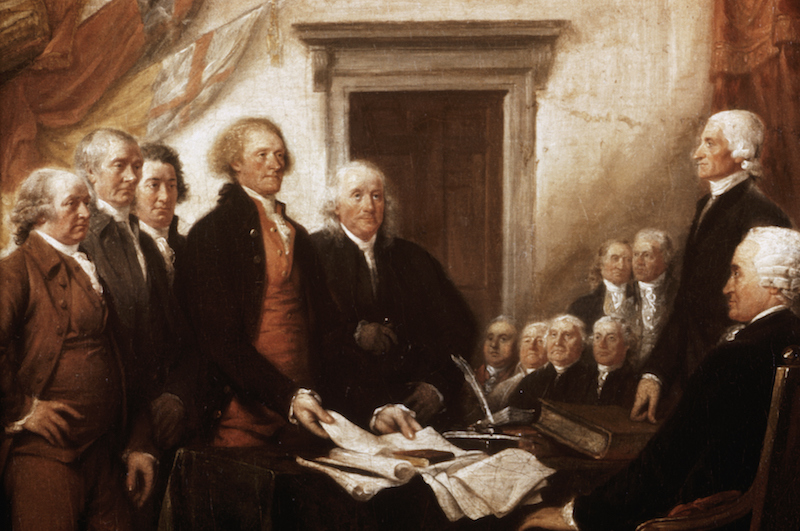
In a previous post, I gave you an inside peek into my character development worksheets via my supporting character, Arthur.
Today, let’s talk about the number of characters—both fictional and real—that go into the making of historical novels.
Although very few of us are getting together with people right now, bringing people together is exactly what needs to happen in fiction. By that, I don’t mean the story has to bring people physically together. I mean that your protagonist has to interact emotionally, physically, or psychologically with others. A person’s engagement or separation from other humans in their lives is part of the catalyst for growth.
How Many Characters is Enough?
Years ago, I read an article that suggested some of the better works of adult fiction have upwards of twenty characters. (Anne of Green Gables, a young adult novel, has 9 characters. Outlander has at least 15.)
To create even one fictional character results in creating that character’s entire world—family, friends, acquaintances, and maybe even his enemy or enemies.
To put it another way, think of your own world. How many people do you come into contact with, or that influence the story of your life, in a normal day, week, month, or year?
A PDF of a full list of characters from my recent novel, Carrying Independence, is here, along with hotlinks for every real figure.
Let me explain how my own character list came to be so robust (read on for the numbers —even Ben Franklin in that image above is rolling his eyes at me, I think.)
How to Determine Character Roles
I am a movie nut, and often my fiction is structured (in my head at least) like a movie script—scene-by-scene. So I look at my characters like my cast, and assign them into Oscar-like categories:
Who were my leads? Who was in a supporting role? Which figures would have bit parts or non-speaking roles? Additionally, I noted who was real, and who needed to be invented by me.
For my one main protagonist, Nathaniel, and the four main voices prevailing throughout Carrying Independence, my fictional character list was a whopping 44 (if you include the two ships and a horse).
Including Historical Figures in Fiction
There are authors, like Jeff Shaara, who construct fiction almost entirely out of historical figures and real events. For my own novel, the story focuses on one full year of the American Revolution, so I had to first determine the historical events my fictional characters would take part in. Then I began the daunting (yet fun) task of listing and researching every real person they’d encounter.
Keep in mind, not every historical figure speaks or is “on camera.” There are figures my characters talk about who would never actually appear. They still must be researched to ensure the context or mentioning them is appropriate.
The total of historical figures appearing or referenced in the novel… brace yourself… 51. Woah. That means there are a total of 95 people with major or minor roles, or talked about in one historical novel. Holy cow.
Story & Theme Before Characters
Despite those very high numbers of characters, historical novelists (or any novelist for that matter) must keep this in mind:
The two major factors in considering characters: One, if the character—real or otherwise—doesn’t advance the story, they can’t stay. Two, if a character complicates but doesn’t deepen the understanding of the main character or the author’s theme, they gotta go.
You never want to cause the reader to wonder why a character exists, or they’ll wander out of the story world you’ve created.
So, authors and readers out there, how many characters are in your favorite story?
. . . . . . . . . . . . . . . . . . . . . . . . . . . . . .
Reader Insights: Even my horse, Bayard, is based on a historical figure—a legendary horse at that. Find out about the Carrying Independence is available as an ebook and also in print.
. . . . . . . . . . . . . . . . . . . . . . . . . . . . . .
For more history nerd posts like these, subscribe to the blog. Guest posts are welcomed and encouraged. Contact me for details.
